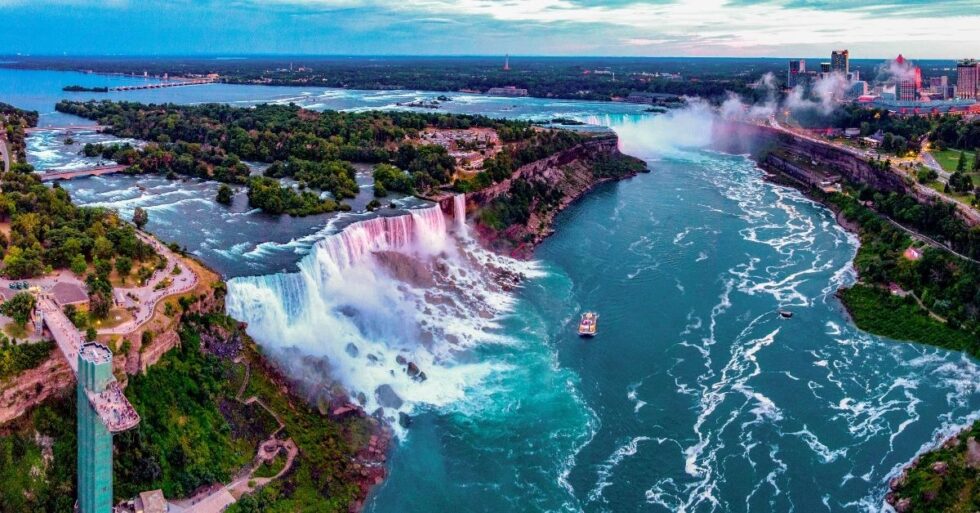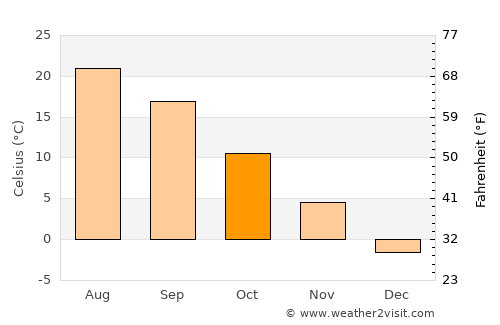

Winter in Buffalo, NYīuffalo is most known for its long, snowy winters as nearly all of upstate New York experiences heavy snow.
NIAGARA FALLS NEW YORK WEATHER PROFESSIONAL
In these cases, you must call a water damage restoration professional to stop the spread of the water.

The rain late in the season has the potential to cause water or flood damage in homes and buildings. In August, the lake effect becomes weaker which leads to more rain, humidity, and higher temperatures. The summer is quite dry as well as the lake effect breezes prevent thunderstorms from forming. Buffalo summers experience sunshine and moderate humidity, and the lake effect breezes prevent the temperatures from rising above 90 degrees. The lake effect might result in more snow in Buffalo, but it also keeps the temperatures cool in the summer. Summer and the Lake Effect in Buffalo, NY The humid continental climate of the Buffalo, NY area is typical in the Great Lakes region and has very short transitional seasons between summer and winter. This close proximity to the lake has a yearlong effect on Buffalo weather. The Niagara River starts in Buffalo and flows through Niagara Falls up into Lake Ontario. By being mindful of the weather and reacting quickly, you can keep your home and property protected through the toughest Buffalo and Niagara Falls weather.īuffalo, NY is located on the eastern shore of Lake Erie. Flood damage will gradually get worse once it starts and the damage from a storm requires quick attention to protect the structural integrity of your home. If you experience this type of damage in your home or business, you must call a disaster restoration professional immediately. Fortunately, there are disaster restoration professionals who provide water damage, storm damage, and other restoration services in the Buffalo and Niagara Falls area. The Niagara Falls and Buffalo weather can have damaging effects on your property.

Residents in Buffalo and Niagara Falls, NY should always prepare for the possibility of strong winds and severe weather and during the winter, the possibility of heavy snow. Located between Lake Erie and Lake Ontario, this area experiences lake-effect snow and breezes that affect the weather year round. However, like many scenic areas of the U.S., the Buffalo, NY area is prone to severe weather that can have a devastating effect on homes and property. Take note! UV radiation from the Sun can double in intensity due to snow reflection.The upstate New York area near Buffalo and Niagara Falls, NY is quite beautiful through most of the year. On days when the sun blazes, arm yourself with sunglasses that block UVA and UVB radiation. Given the potency of the midday Sun's UV radiation, one should avoid prolonged exposure. While most can endure approximately an hour in the sun without burning, children always require protection from sunlight. Note: The UV index of 1 in January translates into these instructions: A UV Index estimate of 2, and below, represents a minimal health hazard from exposure to the Sun's UV rays for average individuals. UV index The months with the lowest UV index in Niagara Falls are January and December, with an average maximum UV index of 1. SunshineThe average sunshine in January is 3h. On the last day of the month, sunrise is at 7:32 am and sunset at 5:26 pm EST. On the first day of January, sunrise is at 7:47 am and sunset at 4:51 pm. DaylightIn January, the average length of the day in Niagara Falls is 9h and 26min. The month with the most snowfall is January, when snow falls for 15 days and typically aggregates up to 23.58" of snow. SnowfallMonths with snowfall are January through April, October through December. In Niagara Falls, New York, during the entire year, the rain falls for 158.7 days and collects up to 34.96" of precipitation. Throughout January, 2.56" of precipitation is accumulated.

Rainfall In January, in Niagara Falls, the rain falls for 19.2 days. TemperatureJanuary is the coldest month, exhibiting average temperatures of 32.2☏ at the peak and 15.4☏ at the base. On the flip side, the city becomes a spectacle to behold, transforming into a winter wonderland with frequent snowfalls. It becomes a shade more bearish with high temperatures of 32.1☏ and lows stooping to about 15.4☏. Transitioning from December, there seems to be a slight dip in the mercury. The city experiences full-fledged winter conditions, making it integral to bundle up before stepping out. January is the start of the year and greets residents of Niagara Falls, New York with a chill, consistently claiming the title of the coldest month.


 0 kommentar(er)
0 kommentar(er)
